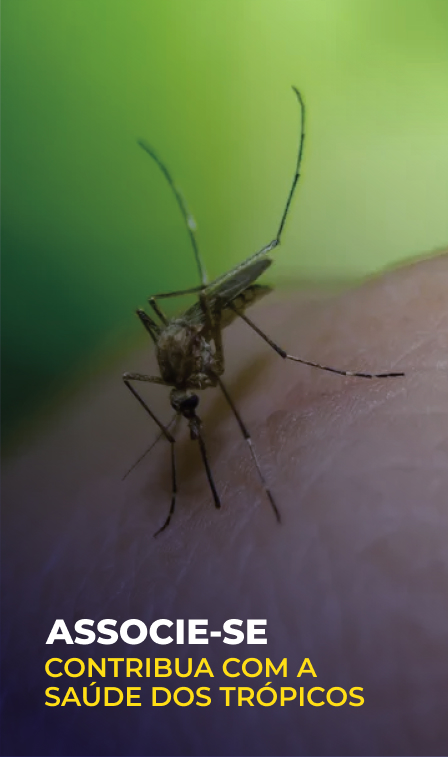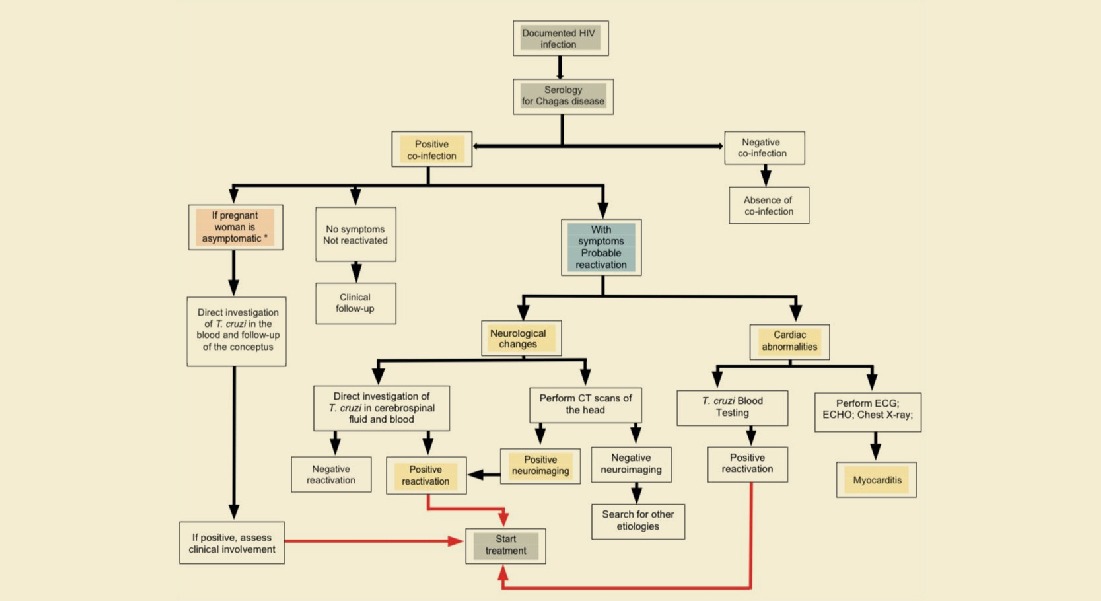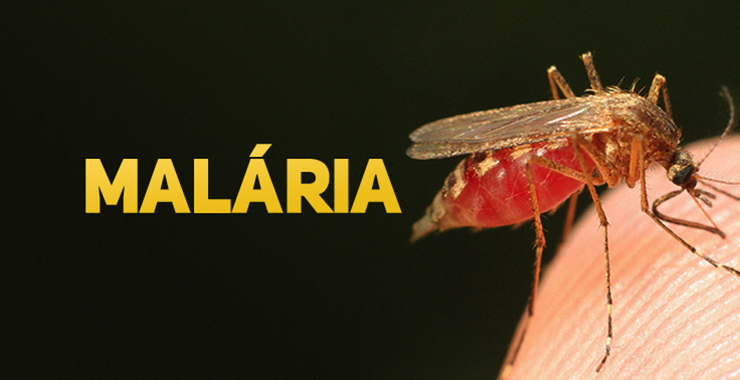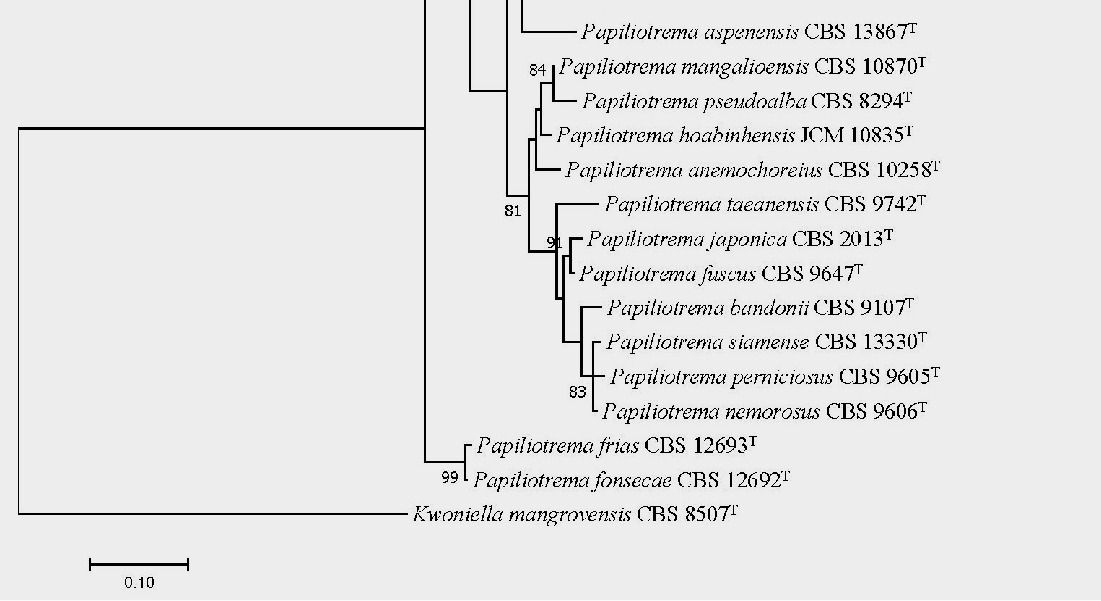
Sporotrichosis: number of cases should increase and there is risk of an outbreak in the country, warns Infectologist
Emerging disease, Feline Transmission Sporotrichosis, in humans, is not mandatory to be reported in Brazil and, therefore, its exact prevalence is unknown
07/02/2020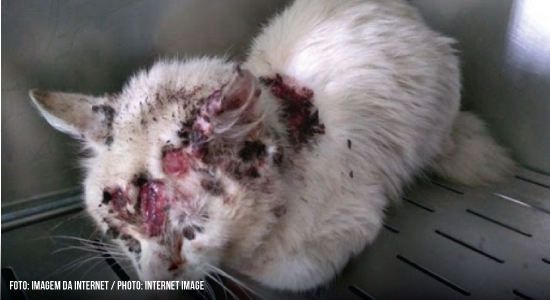 In Brazil, in addition to the lack of capacity to make large-scale diagnoses at the municipal, state and national levels, there is a lack of access to medicines to treat the disease
In Brazil, in addition to the lack of capacity to make large-scale diagnoses at the municipal, state and national levels, there is a lack of access to medicines to treat the diseaseThere is an emerging disease that is spreading throughout Brazil, but little is said about it. Considered a neglected disease and a public health problem, Feline-transmitted Sporotrichosis (FTS) results from the absence of a program or control actions at national level, the lack of capacity to make diagnoses in most affected municipalities, the lack of free medication easily available for treatment, both in humans and animals, and the populations lack of knowledge about control measures. In addition, cases may be underreported, or not diagnosed correctly, as there is still a lack of knowledge of doctors and veterinarians about the epidemic. The number of human and feline cases diagnosed represents the “tip of the iceberg” of sporotrichosis. Often the diagnosis is late, which worsens the patients condition. In addition to this, FTS in humans is not a disease of mandatory notification in most Brazilian municipalities, therefore, its exact prevalence in the country is unknown. It is a mycosis that is potentially lethal for immunocompromised individuals, especially patients with HIV. Unfortunately there is no vaccine for humans or animals so far.
FTS is caused by Sporothrix brasiliensis, one of the species that causes sporotrichosis. This fungus adapted very well to the feline organism, which can transmit it to other animals, including man. The cat is the center of this outbreak, but it is not the villain, rather than the biggest victim of the problem. The Sporotrichosis of Feline Transmission is an emerging and permanent zoonosis in Brazil and the disease epidemic began in cities in the lowlands of Rio de Janeiro and in the city of Rio de Janeiro, in the late 90s, currently reaching thousands of human and feline cases. Brazil has several centers specialized in feline sporotrichosis.
In Paraiba, an epidemiological study conducted by the City Secretariat of Health (SMS) in partnership with the Lauro Wanderley University Hospital (HULW) and the Ministry of Health (MS) showed that 329 people had confirmatory exams for the disease in 2018 and 2019 in João Pessoa, according to information disclosed in the local press. Still accoriding to the local press, public health authorities already consider the cases an epidemic. From 2018 to November 2019, 600 people with the disease were treated at the University Hospital in João Pessoa. Cases were also recorded in Campina Grande and cities in the Sertão. The press office of the Brazilian Society of Tropical Medicine (BSTM) made numerous attempts to contact the local authorities, but had no response.
In Curitiba, the number of human and feline cases also increases annually, and in 2019, 36 new cases were reported in the city, although there are reference centers for the diagnosis and treatment of human and animal FTS. However, this number is underestimated, as there is still lack of knowledge about the disease among doctors, veterinarians and the general population. The first cases of FTS in Paraná were observed in the metropolitan region of Curitiba, as of 2011. Since then, teams of human and animal health professionals have noticed an increase in the number of feline and human cases related to zoonotic infection in the region, making notification of human and veterinary cases mandatory. Animal cases must be clinically identified and reported to the Curitiba Zoonosis Surveillance Unit to carry out epidemiological investigation and humans to the municipalitys Epidemiological Surveillance service.
For Dr. Flavio Queiroz-Telles, Infectologist and Associate Professor at the Department of Collective Health at the Federal University of Paraná (UFPR), the increase in the number of human cases is directly related to the increase in the number of feline cases that grows uncontrollably. “Cats are mammals that often fight with each other for territory, food and mating. Guarded cats contact with stray and fierce individuals. The fungus is easily transmitted between cats. When humans come into contact with a sick cat, the infection is also easily transmitted. There is no evidence of inter-human transmission of the disease and transmission from dogs to humans or cats has no epidemiological importance, he explains.
The infectologist is categorical in stating that we can expect an increase in the number of cases and that there is a risk of an FTS outbreak in Brazil. “The outbreak that started in the 90s, in the cities of the Baixada Fluminense region, has been progressively increasing due to uncontrolled cases among cats. Subsequently, the outbreak reached other states in the Southeast and South of Brazil, more recently reaching the Northeast, where the number of human and feline cases grows significantly. The outbreak of zoonotic sporotrichosis has already crossed the borders of Brazil, and today human and feline cases are already registered in bordering countries like Argentina, Paraguay and Bolivia, with suspicion of occurring in Colombia too”, he points out. Still according to the expert, it cannot be said that there are FTS outbreaks in neighboring countries, but clusters of cases. “Sick cats dont need a passport to cross the border, they cross with their guardians when they change countries, or in trucks. They cross several dry borders, between Brazil and the South American countries”, he says.
The professor adds that the control of iter-feline transmission is complex, involving a “One Health” approach to the disease: surveillance and notification of human and feline cases, diagnosis and correct treatment of human cases, diagnosis and treatment of feline cases, the which is difficult, since government agencies do not provide itraconazole to cats, so homeless felines are left untreated. “There is no control over the increase of the population of both stray and wild animals”, adds Dr. Queiroz-Telles. For him, immunoprophylaxis would be a huge step in controlling the disease. “A vaccine is under study, but it should take a long time to be applied to humans and cats, he recognizes. Most vaccines available are against viruses and some bacterial diseases. Fungi are antigenically complex organisms. Dr. Queiroz-Telles regrets that there is still no centralized research. Some states or municipalities report human and feline cases, but this practice has not been maintained or is discontinued depending on the alternation of the political administration of Brazilian states and municipalities.
Ways of contamination
Transmission occurs through contact with sick animals that are abandoned or that live on the streets. The most frequent forms of contamination are scratch, bite or direct contact with secretions from infected wounds. Cats with disease affecting the nasal cavity and lungs sneezed and coughed a lot, which makes it possible to eliminate infected secretions from a distance. Ulcerated lesions are painful and itchy. Sick animals seek relief by shaking their heads (wiggling) or rubbing their wounds with their paws. In both situations, secretions containing infectious yeasts can be released at a distance, contaminating the skin or ocular mucosa.
It is also very common for a sick cat to infect other animals that live in the same environment, such as a house, yard or apartment. Sick animals should be isolated from healthy animals while they are being treated. There are many cases of FTS among cat accumulators, when there are several animals living in the same environment, they contaminate and infect humans around them.
Cats are considered the most susceptible hosts and an important source of infection for humans due to their close contact with the fungus in the environment (habit of sharpening nails on dried vegetables and burying their waste) and the large amount of the agent in their injuries when they manifest the disease.
Treatment
The treatment of choice is done with itraconazole, 100 – 200 mg daily, for an average of 3 to 6 months. The second option is terbinafine, daily 500 mg for the same period. Before these antifungals, saturated potassium iodide solution was used, whose results are inferior to that of itraconazole. For severe and widespread forms in immunodepressed patients, different formulations of amphotericin B can be used. “Itraconazole is the best treatment for humans and cats. Humans receive the medicine from the Ministry of Health, on the other hand, felines only if the owner purchases it. Affiliated and feral cats, usually do not receive treatment”, points out Dr. Queiroz-Telles.
Depending on the severity of the disease, infected cats can be treated by their guardians in an environment where they do not have access to the street, or in specialized veterinary clinics and hospitals. Without treatment, the disease is devastating among felines. Very sick or immunodeficient animals (FILV / FELV) should be euthanized after signing the guardians consent form (if any) and their corpses must be cremated to avoid environmental contamination. Animals with access to the street must be neutered.
The issue of the responsibility for supplying itraconazole for the treatment of cats with sporotrichosis was widely discussed at FTS meetings held in Brasilia in 2017. The meetings were coordinated by the Technical Group for the Surveillance and Control of Systemic Mycoses (GTM), administratively linked to the General Coordination of Communicable Diseases of the Health Surveillance Secretariat of the Ministry of Health (MS). On the occasion participated representatives of the GTM, in which Dr. Queiroz-Telles is one of the ad hoc consultants, representing the Ministry of Agriculture, Livestock and Supply (MAPA) and the Ministry of the Environment (MMA). “At the time, the MoH argued that it did not have the resources to treat animals, since the demand for using itraconazole to treat sporotrichosis and other mycoses is high. MAPA claimed that its focus is on animals of economic interest and Ministry of Environment did not want to be involved with the FTS issue. In summary, the vast majority of sick cats remain without adequate treatment and transmitting the zoonosis”, laments the professor.
The disease
Feline-transmitted Sporotrichosis is a mycosis of implantation or subcutaneous, endemic in tropical and subtropical areas and prevalent in several countries in Latin America, including Brazil. The disease is caused by fungi of the genus Sporothrix, which has several pathogenic species of medical and veterinary relevance. Classically, sporotrichosis, also known as gardeners disease, affects humans and various species of domestic and wild animals, which they acquire from traumatic inoculation of the fungus on the skin, such as accidents with plant spines, open wounds in contact with earth, organic matter etc. Less frequently, animals such as armadillos, freshwater fish and birds can transmit other species of Sporothrix, but without great epidemiological relevance. Sources of infection for humans include decomposing organic matter, mainly vegetables, and their by-products. Fungi of the genus Sporothrix are dimorphic, that is, they have a filamentous phase in the environment and another phase, yeast in infected animals, including man. Classical transmission occurs from the filamentous phase. But with Sporothrix brasiliensis, an agent of Feline-transmitted Sporotrichosis, transmission is different.
There is evidence that S. brasiliensis, has adapted to the parasitism of domestic cats, becoming easily transmissible between felines and those, to man and dog, causing zoonotic outbreaks of the disease. FTS is caused by a mutant species, Sporothrix brasiliensis, which is transmitted directly from the yeast phase, by scratching, biting, respiratory secretions and skin lesions present in infected cats. Unlike other pathogenic species of worldwide distribution, Sporothrix brasiliensis occurs almost exclusively in Brazil, where it has caused outbreaks of zoonotic transmission sporotrichosis, affecting humans and other domestic animals such as dogs.
Support Material
Fungal infections 4 – Neglected endemic mycoses
…





